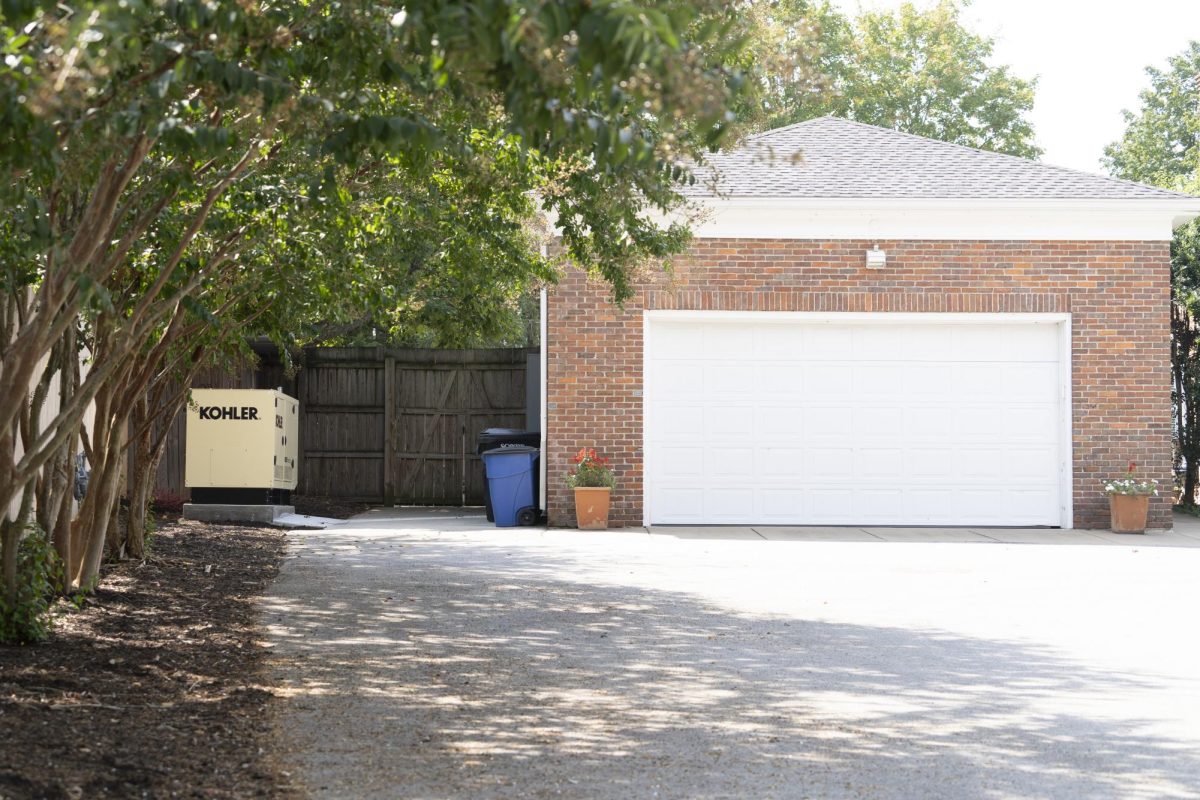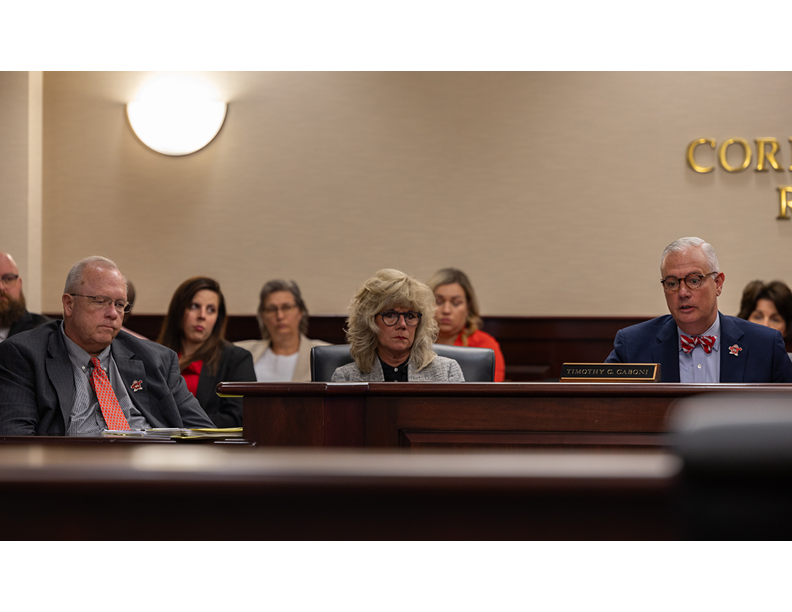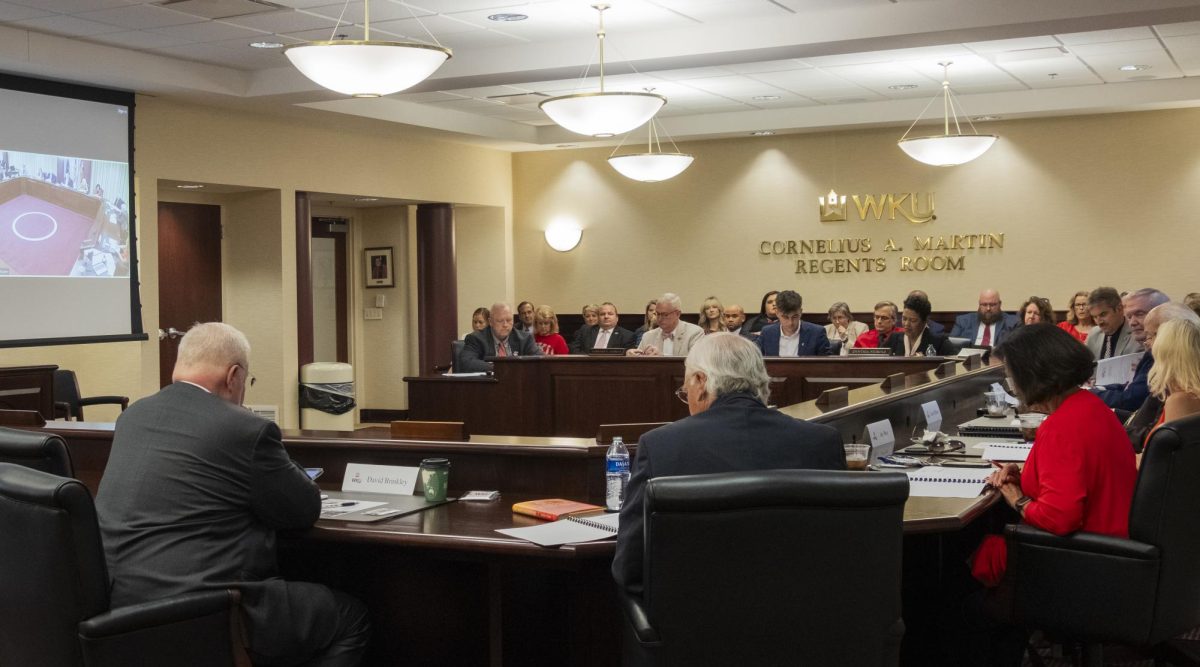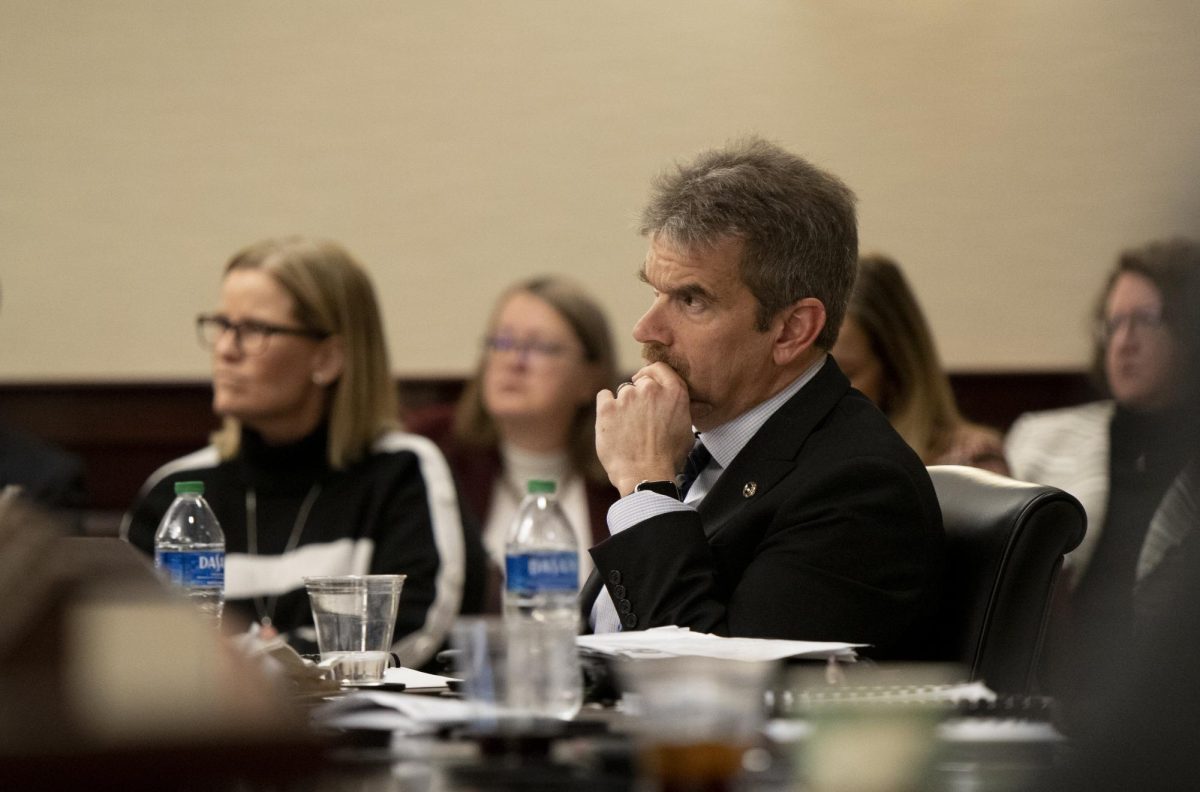An emergency generator was recently installed at the WKU president’s home in response to storms that struck Bowling Green in previous years.
“The university’s emergency management team conducted a review of university disaster operations following the tornadoes that struck Bowling Green in December 2021,” Director of Media Relations and University Spokesperson Jace Lux said. “The home at 1700 Chestnut was identified as an area needing infrastructure improvement.”
University president Timothy Caboni operates as the Emergency Management Executive and remained at the home during the storms without power for 10 days, WKU Chief Facilities Officer Bryan Russell said.
The home also functions as a meeting location for the university’s policy making group in times of emergency. The site was unavailable to use for nearly two weeks due to the lack of power.
“In the aftermath of the tornado response, several improvements were recommended, including installation of a generator,” David Oliver, director of environmental health and safety and emergency manager, said.
The project had a $97,600 budget and was funded through fiscal year 2023, Russell said.
The generator will begin working the moment that there is a loss of power, and the primary usage is during emergencies to provide power. Oliver said the backup power it provides is “required” for any location being used for emergency operations.
“The generator will automatically function anytime power is interrupted from the utility company. This can occur from equipment failure, high winds, ice, etc,” Oliver said.
The new generator is in addition to the approximately 40 generators already on campus and will follow the same routine process for checking reliability and function.
“[The generators] are operationally tested monthly for approximately 10 minutes ensuring that alternate power and equipment are functioning properly when needed during a disaster or emergency,” Russell said.
News Reporter Maggie Phelps can be reached at [email protected]
























